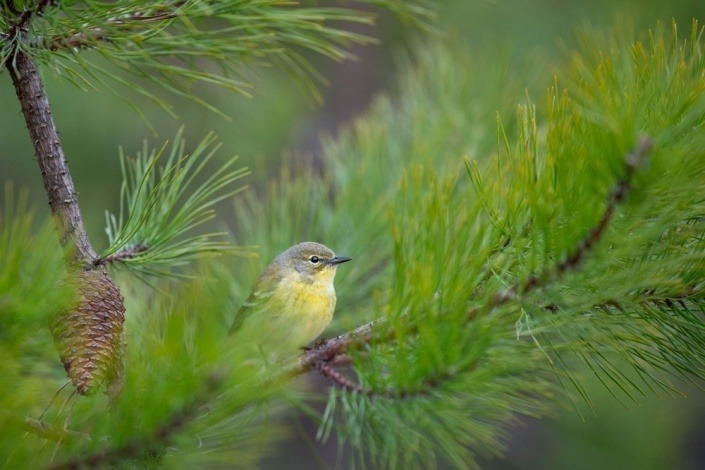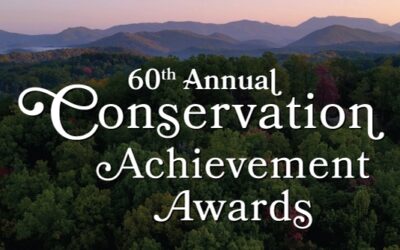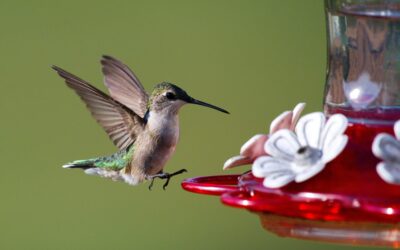In the program’s history, Tennessee Wildlife Federation’s Habitat Conservation program has planted more than a hundred thousand trees to restore wildlife habitat across the state.
Forest or field, stream or river—habitat is where conservation starts for wildlife.
As part of our mission to restore and conserve our wetlands, grasslands, forests, and streams—Tennessee Wildlife Federation’s Habitat Restoration and Conservation program—has been planting trees across the state.
From oaks to shortleaf pine, 150,000 trees have been planted so far to help restore wildlife habitat.
“Habitat conservation work is often a long, but incredibly rewarding process. After planting efforts are completed, it can take five to seven years to start showing significant signs of restoration,” said Chris Roberts, director of conservation.
In its history, the Federation’s Habitat Conservation program has permanently conserved 12,000 acres, restored 2,500 acres of forestland habitat, conducted miles of stream restoration and restored 700 acres of wetlands.




